Current Estimates Suggest There May Be as Many as 2 Trillion (!) Galaxies in the Observable Universe
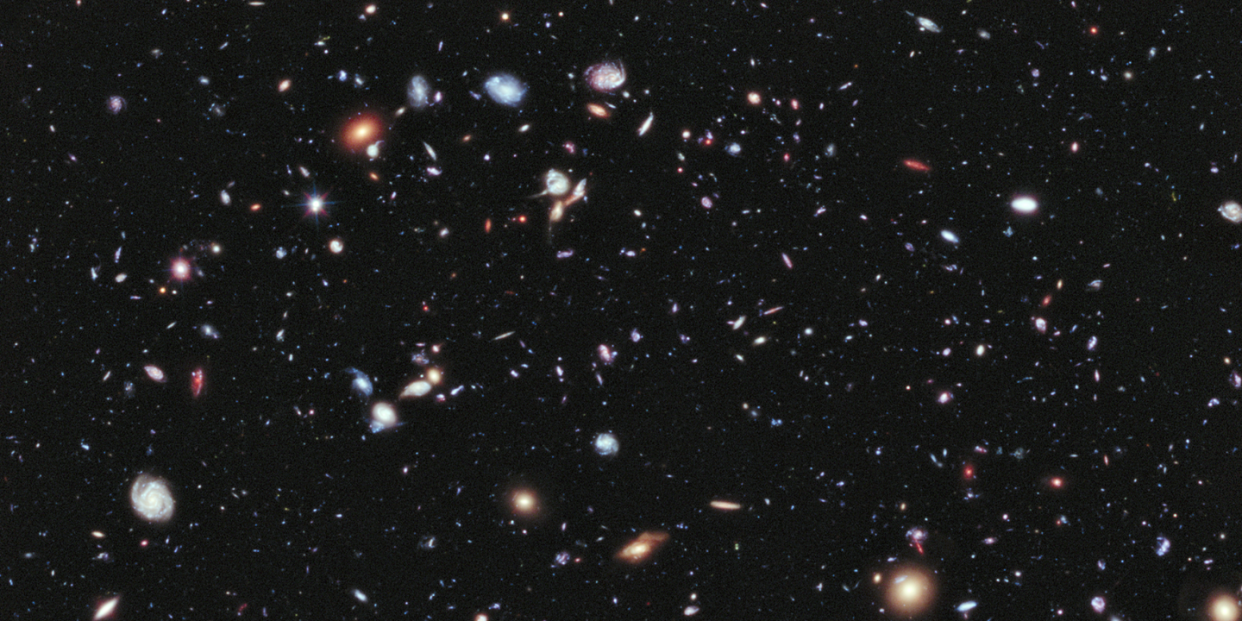
For hundreds of thousands of years, humanity has peered up at the night sky with one question top of mind: what else is out there?
There's the moon (8), of course, and then the sun. And as our view of the night sky has come into sharper focus, we've discovered other objects, too, like the seven other planets that orbit the sun and their many moons. We spotted comets, asteroids, black holes, and galaxies packed full of millions of stars. On especially dark nights, you can even spot the edges of our own Milky Way galaxy.
💫 You love the cosmos. So do we. Let's nerd out over it together.
So exactly how many galaxies are out there? Current estimates suggest there may be as many as two trillion—that's trillion with a T—galaxies in the observable universe.
Each galaxy has its own unique set of features and characteristics. Over the course of millions of years, they form gases, dust, stars, planets, and moons. At the center of most galaxies lies a supermassive black hole, which tugs at nearby stars.
Famed astronomer Edwin Hubble became the first to devise a galactic classification system for the celestial features in 1926. According to his (very simplified) classification, there are five main types of galaxies: spiral, barred spiral (the Milky Way is a barred spiral), lenticular, elliptical, and irregular.
Intergalactic Arithmetic
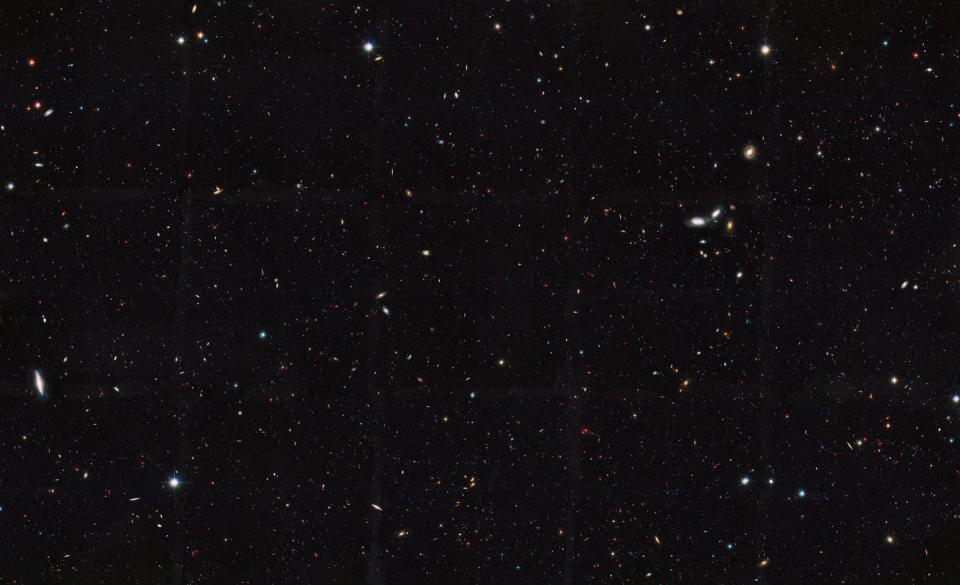
Only in recent years have we been able to estimate and understand how much else there is in the universe. Scientists use telescopes like the Earth-orbiting Hubble Space Telescope, Chandra X-ray Observatory, and the European Southern Observatory's Earth-based Very Large Telescope to carry out galactic surveys and identify how many galaxies are in a patch of the sky the size of a pinhead held at arm's length.
Counting galaxies is kind of like playing a cosmic game of Where's Waldo. Astronomers are tasked with counting every galaxy they can find within that tiny sliver of space and then extrapolate it out across the entire sky.
Carving a fraction out of the sky and identifying all of the galaxies in it across the broad spectrum of wavelengths is not an easy task. You have to fight through dust and other matter that may dampen a galaxy's light. And it takes a long time for Hubble and other telescopes to take these images and stitch them together.
There are undoubtedly galaxies that we can't even see. Because our universe is expanding, some extremely distant and old galaxies, which formed shortly after the Big Bang, are zooming away from us faster than the speed of light. It's virtually impossible to spot them with current technology.
Hubble Goes Deep
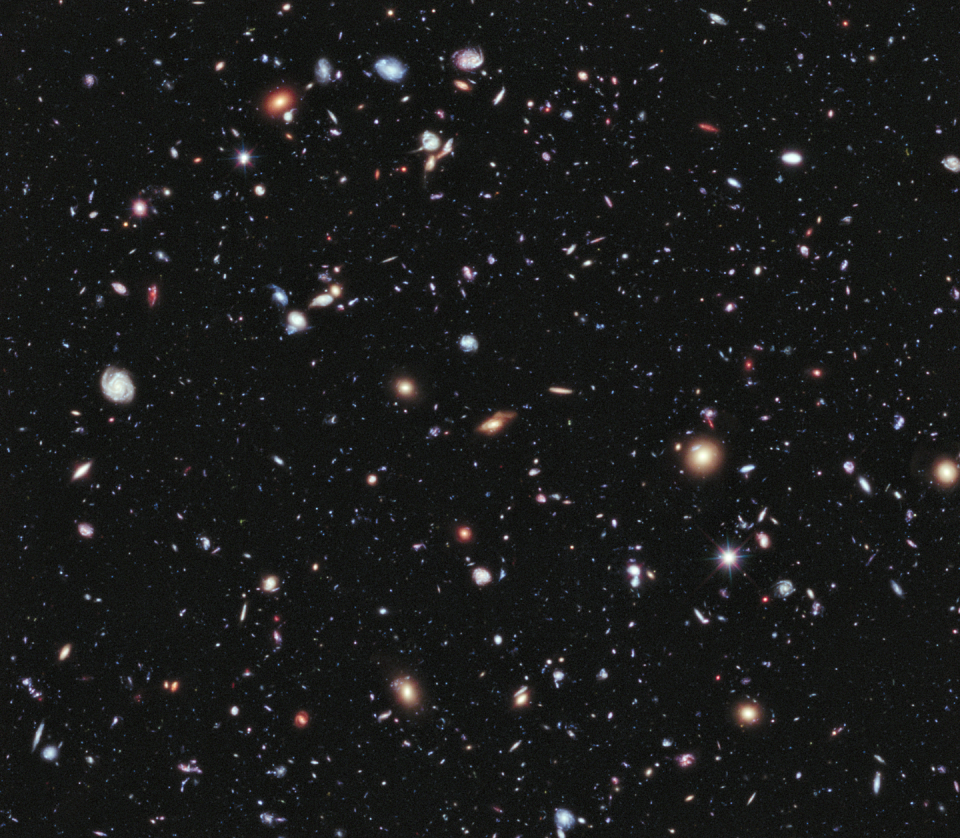
We largely have the Hubble Space Telescope to thank for illuminating our place in the universe. When it isn't chasing comets or counting planetary rings, Hubble periodically snaps detailed pictures of tiny slices of the sky. Hubble released the first Deep Field survey in 1995.
"We were trying to find sort of an indiscriminate area of the sky where no observation had been made before," Robert Williams, the former director of the Space Telescope Science Institute, told Vox in 2016. The image revolutionized astronomy. From the glittering image, astronomers spotted about 1,500 glittering galaxies. Subsequent images revealed even more.
In 2012, Hubble's eXtreme Deep Field image was released. Over the course of ten years, the telescope had snapped images of a tiny patch of sky for a total of 50 days. It revealed a slice of sky—about one thirty-two millionth of the sky, to be exact—scattered with twinkling galaxies of all shapes and sizes. Using this new image, astronomers estimated that there may be 100 to 200 billion galaxies in the observable universe.
But just four years later, a team of researchers from the University of Nottingham reanalyzed Hubble's images and assessed data from other observatories, pulling our universe-wide galaxy count up by a factor of ten to two trillion. The astronomers published their new numbers in the Astrophysical Journal.
"It boggles the mind that over 90 percent of the galaxies in the [observable] Universe have yet to be studied,” astrophysicist Christopher Conselice of the University of Nottingham in the United Kingdom told The Atlantic at the time. "Who knows what interesting properties we will find when we discover these galaxies with future generations of telescopes?"
Next-Generation Estimates
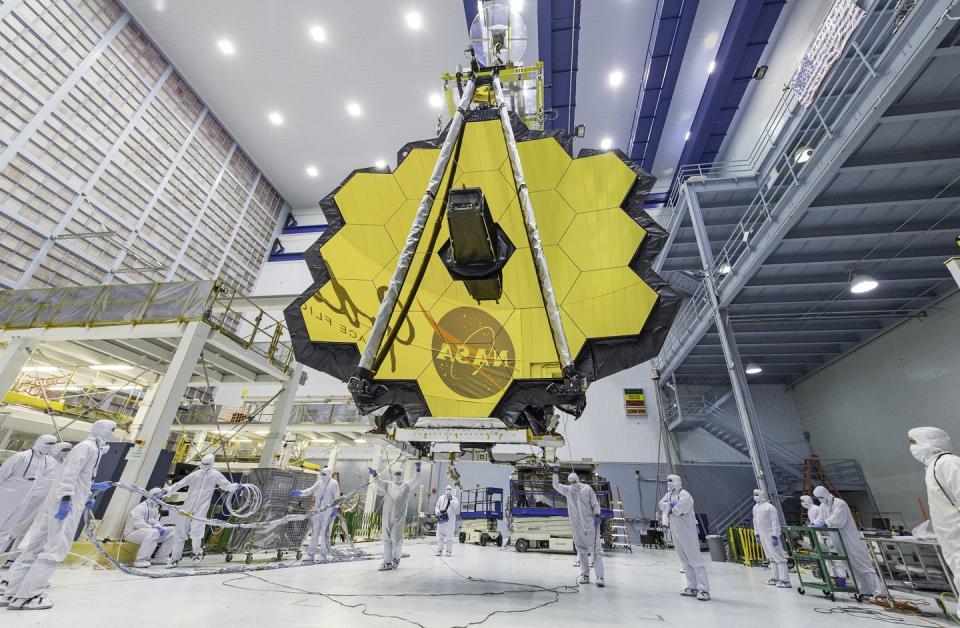
In a sense, we're playing a game of cat and mouse with the universe. We're scrambling to develop instruments powerful enough to catch sight of galaxies that are zipping away from us at break-neck speeds. The James Webb Space Telescope is slated to take Hubble's reins as the preeminent galaxy spotting space telescope. This month, it reached its destination, one million miles from Earth. From there, it will begin an unprecedented high-resolution, infrared survey of galaxies that are about 50 million light-years away.
More than 100 international researchers are adding Webb's deep look at star formation to its trove of radio, visible, and ultraviolet images. Together, they will paint a fuller picture of the interplay of gases, dust, and thermonuclear fusion. "Webb will reveal star formation at its very earliest stages, right when gas collapses to form stars and heats up the surrounding dust," says Janice Lee in a news release on the Webb Telescope home page. Lee is Gemini Observatory chief scientist at the National Science Foundation's NOIRLab in Tucson, Arizona. Her lab is a member of the multi-wavelength survey program known as PHANGS (Physics at High Angular resolution in Nearby GalaxieS), a cooperative mission to share data and accelerate discovery.
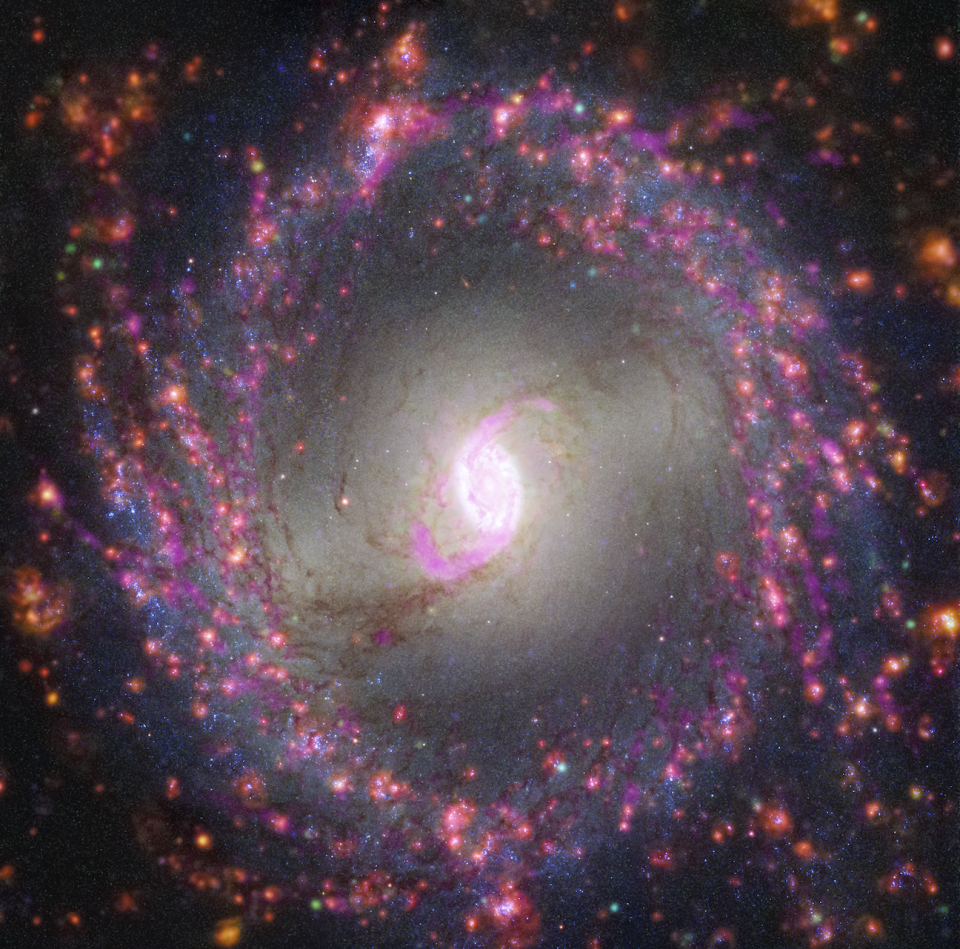
The infrared observatory is 100 times more powerful than Hubble and will have the ability to probe the cosmos in greater detail than ever before, spotting distant galaxies too faint for every previous generation of telescopes to see. Astronomers hope to view galaxies that formed just after the Big Bang, roughly 13.5 billion years ago. It'll give us the closest look yet at the beginning of everything.
You Might Also Like


